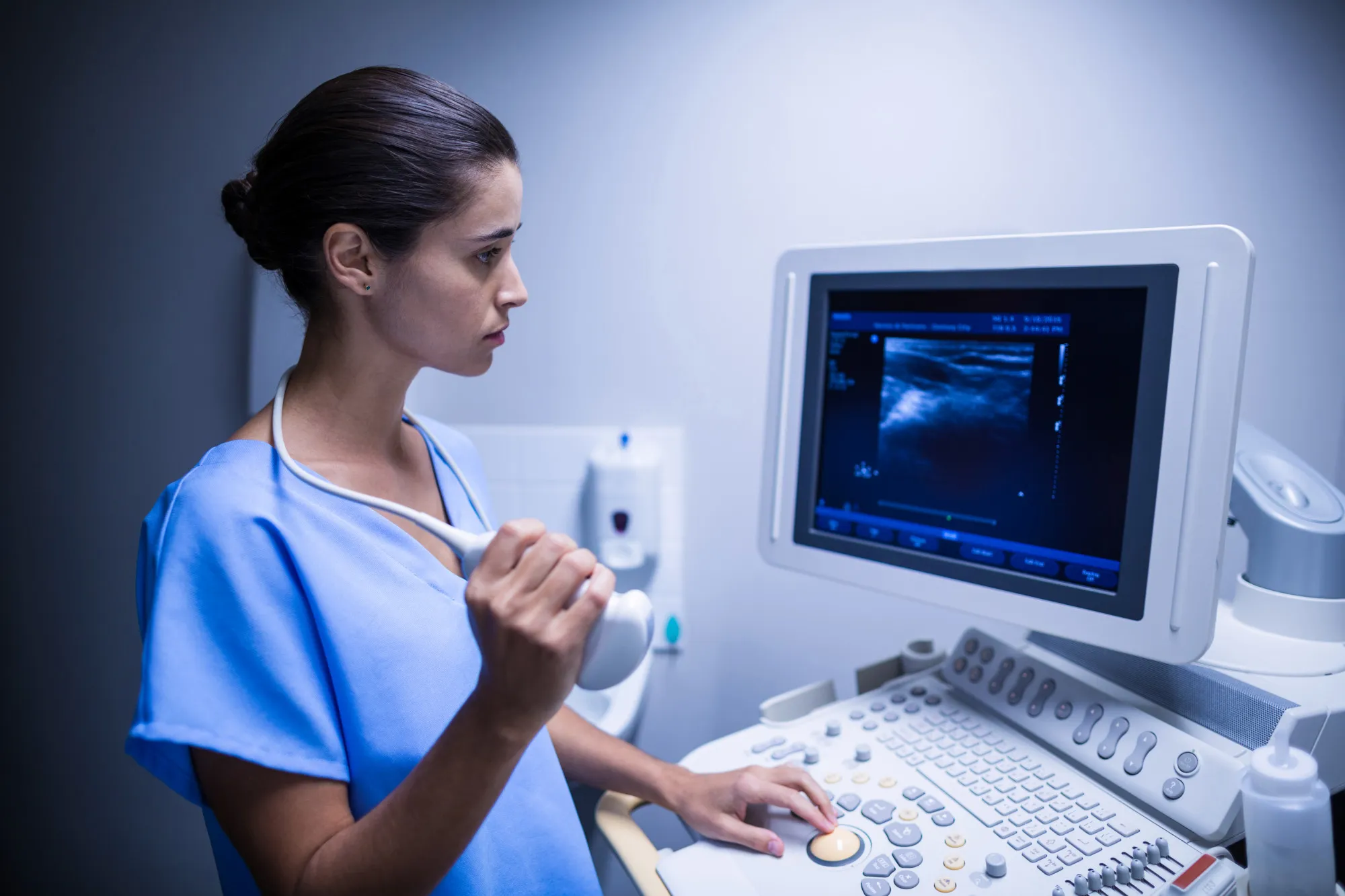The capital city of China is known for its rapid development and advancement in various sectors, including healthcare. Prenatal care, a crucial aspect of maternal and child health, has seen significant improvements in recent years. A critical component of prenatal care is prenatal ultrasound screening, which allows for the early detection of potential issues in the developing fetus. Today we delve into the operational dynamics of prenatal ultrasound screening institutions in Beijing and the evolution of their services over half a decade.
DOI: 10.3881/j.issn.1000-503X.10752
Abstract
A comprehensive study conducted from 2010 to 2015 has shed light on the capability and functioning status of prenatal ultrasound screening institutions in Beijing – with the objective to inform policy-making on the optimization of prenatal screening management. Researchers examined the distribution, human resources, workload, technology, equipment, and trends of these institutions, providing valuable insights into the prenatal healthcare landscape in China’s bustling capital.
Introduction
Prenatal ultrasound screening is a fundamental part of prenatal healthcare – it allows expecting mothers to understand the development of their unborn child and be prepared for any potential health issues. In Beijing, a city with over 21 million inhabitants, providing adequate prenatal ultrasound services is a significant public health challenge. The study, carried out by Li Ying and colleagues from Peking University, aims to reveal the operational status and trends of these crucial services.
Changing Landscape of Prenatal Ultrasound Screening Institutions
The study’s findings highlight the vibrant growth within this sector. From 2013 to 2015, Beijing saw an increase in prenatal ultrasound screening institutions, with 100 facilities operating across the city. These institutions were equipped with 383 ultrasound machines and operated by 833 dedicated technicians. In the earlier period of 2010 to 2012, 93 institutions had handled a total service volume of 644,100 sessions; however, this number escalated significantly during the later period, surpassing 600,000 sessions.
The bulk of services was provided by general and tertiary hospitals located primarily in urban districts. Urban functional development areas and new urban development areas were particularly noted for their high service volumes. Specifically, maternal and child health care hospitals in Beijing were mentioned for their high output relative to the resources available.
Trends and Accessibility
A crucial trend observed was the gradual shift of service delivery from urban central districts to the more remote county areas, indicating increased accessibility for the wider population. Additionally, there was a transfer of prenatal ultrasound services from secondary institutions to tertiary institutions. This move towards higher-level healthcare facilities suggests an improvement in the quality and complexity of the services being offered.
The study also notes a near-universal prenatal ultrasound screening rate of 98.05%, reflecting the high uptake and prioritization of prenatal healthcare in Beijing. This impressive figure is indicative of a successful public health drive to ensure expectant mothers have access to essential prenatal care services.
The Research Team
The study was conducted by a team of accomplished researchers from prestigious institutions. Li Ying and Song Yu Ting are affiliated with the Department of Health Policy and Management at the School of Public Health, Peking University, and also the Health Policy and Technical Assessment Center, Peking University Health Science Center. Xu Hong Yan and Liu Kai Bo hail from the Department of Perinatal Health at the Beijing Obstetrics Gynecology Hospital affiliated with the Capital Medical University and Beijing Maternal and Child Health Care Hospital. Feng Xing Lin is also a member of the Department of Health Policy and Management at the School of Public Health, Peking University.
Discussion and Conclusion
The study’s findings have implications for the ongoing management and optimization of prenatal ultrasound screening services. By highlighting the distribution and workload management across various institutions, the research underscores the need for strategic planning, especially in the allocation of resources and technology.
With Beijing’s continued urban expansion and the government’s commitment to maternal and child health, the future of prenatal ultrasound screening looks promising. The shift towards remote areas and tertiary institutions not only suggests improved service quality but also highlights a conscious effort to provide equitable healthcare services to all segments of the population.
The research suggests that continued investment in maternal and child health care, along with a strategic approach to distributing resources, could further enhance prenatal ultrasound services in Beijing, directly benefiting the health and wellbeing of mothers and their children.
References
1. Li Ying Y, Xu Hong Yan HY, Song Yu Ting YT, Liu Kai Bo KB, Feng Xing Lin XL. (2019). Operation of Prenatal Ultrasound Screening Institutions in Beijing from 2010 to 2015. [Zhongguo yi xue ke xue yuan xue bao. Acta Academiae Medicinae Sinicae] DOI: 10.3881/j.issn.1000-503X.10752
2. Alfirevic Z, Stampalija T, Medley N. (2017). Fetal and umbilical Doppler ultrasound in high-risk pregnancies. Cochrane Database of Systematic Reviews. DOI: 10.1002/14651858.CD007529.pub4
3. Salomon LJ, Alfirevic Z, Bilardo CM, et al. (2019). ISUOG practice guidelines: performance of first-trimester fetal ultrasound scan. Ultrasound Obstet Gynecol. DOI: 10.1002/uog.20183
4. Committee on Obstetric Practice. (2017). Committee Opinion No. 700: Methods for estimating the due date. Obstet Gynecol. PMID: 28426621
5. Rados C. (2004). FDA cautions against ultrasound ‘keepsake’ images. FDA Consumer. PMID: 15071866
Keywords
1. Prenatal Ultrasound Screening Beijing
2. Maternal and Child Health China
3. Prenatal Care Service Trends
4. Ultrasound Technology Development
5. Urban Health Facilities Expansion
